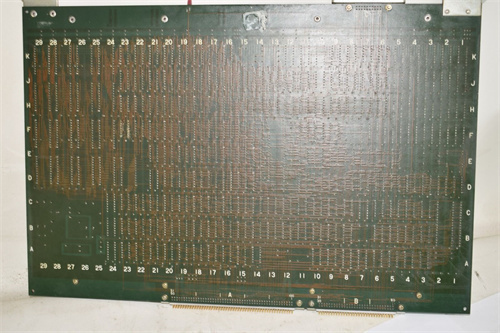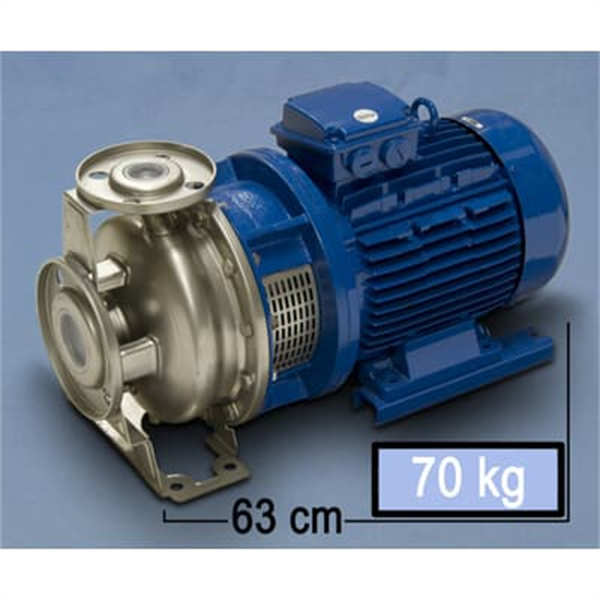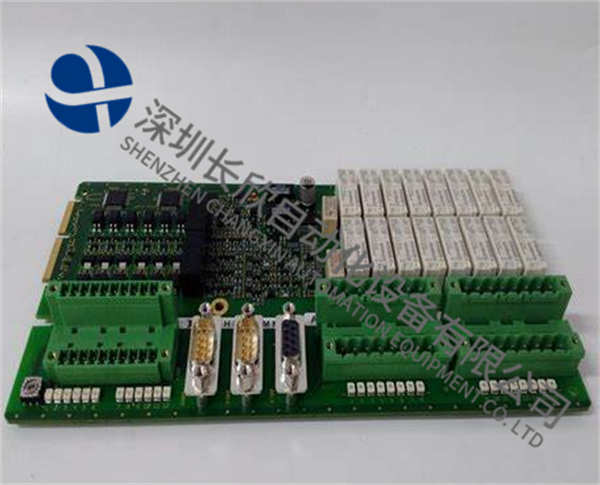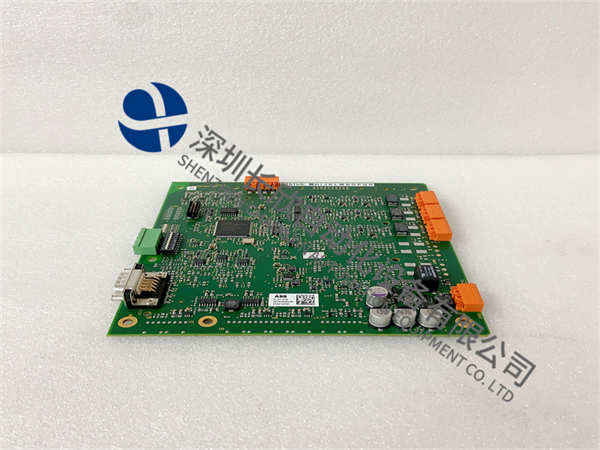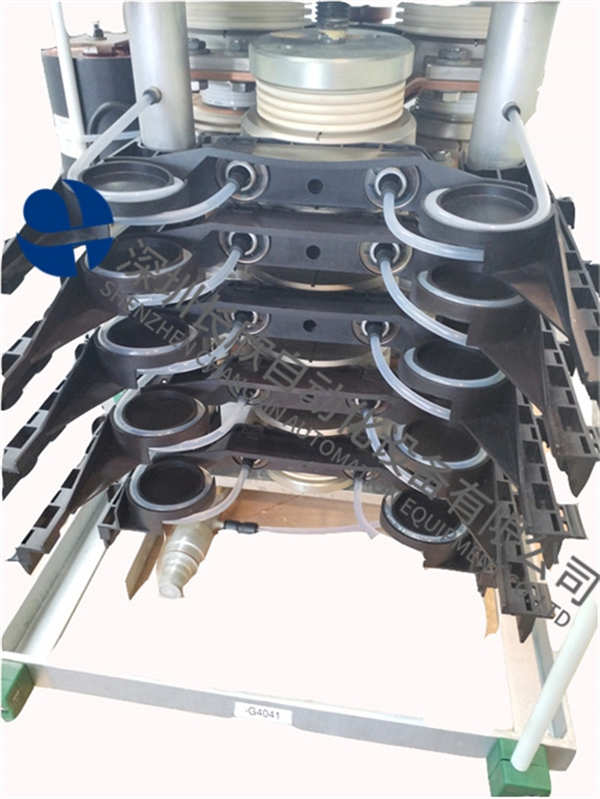描述
YASKAWA JANCD-ECP02是安川电机(YASKAWA)为工业自动化系统设计的高性能控制模块,属于PLC/DCS扩展系列,广泛应用于仪器仪表、工业控制及机器人等领域。以下是其综合技术特性与应用场景分析:
1.核心功能
扩展兼容性:
支持多种扩展板卡,如HP/Agilent的Fractional N Board、Pulse 50GHz Board、Sweep Generator Board等,可适配复杂信号处理与高频脉冲控制需求。
定时与脉冲控制:
集成可配置时间模块,时间长度可在60ms至400ms范围内以10ms为增量调整,默认设置为60ms,适用于高精度脉冲生成与同步控制场景。
分布式架构支持:
兼容VME总线协议,可与TVME-1606A等模块级联,构建分布式控制系统,满足大型设备协同需求。
2.技术特点
工业级可靠性:
采用宽温设计(-40℃至70℃),抗电磁干扰能力符合IP20防护标准,平均无故障时间(MTBF)超50,000小时,适用于严苛工业环境。
多协议兼容性:
支持EtherCAT、Profinet等工业通信协议,可无缝对接主流PLC(如安川CX系列)及上位机系统,实现数据高效交互。
智能诊断功能:
内置自检模块,可实时监测模块状态(如电源故障、通信中断),并通过LED指示灯与上位机报警提示异常,缩短维护周期。
3.应用场景
仪器仪表领域:
驱动激光功率计(如OPHIR Nova系列)、HVME-101模块等精密仪器,实现信号采集与控制逻辑处理。
机器人控制系统:
支持KUKA、FANUC等机器人伺服驱动器的脉冲控制,优化多轴运动同步精度。
电力与能源:
应用于智能变电站保护装置、风电场数据采集系统,实现远程状态监测与控制指令下发。
轨道交通:
支持列车信号系统、站台门控制等关键设备的分布式I/O扩展,确保高可靠性运行。
4.技术优势
模块化设计:
支持与其他安川Σ-Ⅴ系列模块级联,简化系统集成与维护流程。
快速调试:
提供图形化配置工具与预设参数模板,缩短复杂系统开发周期。
维护便捷性:
支持远程参数配置与固件升级,降低人工成本。

YASKAWA JANCD-ECP02 is a high-performance control module designed by Yaskawa Electric(YASKAWA)for industrial automation systems.It belongs to the PLC/DCS extension series and is widely used in instrumentation,industrial control,robotics and other fields.The following is an analysis of its comprehensive technical characteristics and application scenarios:
1.Core functions
Extension compatibility:
Supports a variety of expansion boards,such as HP/Agilent’s Fractional N Board,Pulse 50GHz Board,Sweep Generator Board,etc.,which can adapt to complex signal processing and high-frequency pulse control requirements.
Timing and pulse control:
Integrated configurable time module,the time length can be adjusted in increments of 10ms from 60ms to 400ms,and the default setting is 60ms,which is suitable for high-precision pulse generation and synchronous control scenarios.
Distributed architecture support:
Compatible with VME bus protocol,it can be cascaded with modules such as TVME-1606A to build a distributed control system to meet the coordination needs of large equipment.
2.Technical features
Industrial reliability:
Adopts wide temperature design(-40℃to 70℃),anti-electromagnetic interference capability meets IP20 protection standards,and mean time between failures(MTBF)exceeds 50,000 hours,suitable for harsh industrial environments.
Multi-protocol compatibility:
Supports industrial communication protocols such as EtherCAT and Profinet,and can seamlessly connect to mainstream PLCs(such as Yaskawa CX series)and host computer systems to achieve efficient data interaction.
Intelligent diagnostic function:
Built-in self-test module,which can monitor module status in real time(such as power failure,communication interruption),and prompt abnormalities through LED indicators and host computer alarms,shortening maintenance cycles.
3.Application scenarios
Instrumentation field:
Drives precision instruments such as laser power meters(such as OPHIR Nova series)and HVME-101 modules to achieve signal acquisition and control logic processing.
Robot control system:
Supports pulse control of robot servo drives such as KUKA and FANUC,and optimizes multi-axis motion synchronization accuracy.
Power and Energy:
Applied to intelligent substation protection devices and wind farm data acquisition systems to achieve remote status monitoring and control command issuance.
Railway Transportation:
Supports distributed I/O expansion of key equipment such as train signal systems and platform door control to ensure high reliability operation.
4.Technical Advantages
Modular Design:
Supports cascading with other YaskawaΣ-V series modules to simplify system integration and maintenance processes.
Quick Debugging:
Provides graphical configuration tools and preset parameter templates to shorten the development cycle of complex systems.
Convenience of Maintenance:
Supports remote parameter configuration and firmware upgrades to reduce labor costs.

